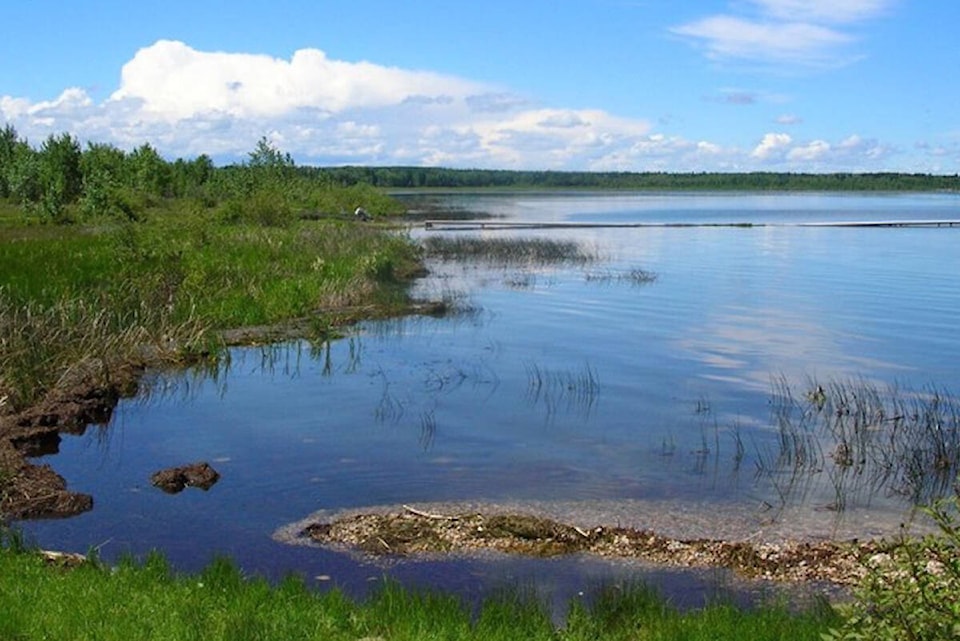Members of the Gull Lake Watershed Society (GLWS) are hoping to have their concerns heard by increasing their voices along with their membership.
GLWS membership director Henry Brander says the water level of Gull Lake is nearly at crisis level, and the society wants the government to consider their suggestions on how to safely pump more water into the lake.
“The bigger our membership is, the louder and stronger our voice becomes and at the present time, we need the strength and the volume,” said Brander in an online post.
Brander said the current water levels are “most concerning” and GLWS’ president Norval Horner and their board of directors is working with the province to implement a solution.
According to the GLWS, the preferred level of the lake is 899.46 metres above sea level, however, the present level is 898.55 as of June 29 — amounting to 36.4 inches below the preferred level.
In 1977, stabilization machinery was introduced to the lake, and Grander said it “worked wonderfully” for over four decades.
The Alberta Government’s Environment and Protected Areas ministry (AEPA) revoked Gull Lake’s water licence to pump water from the Blindman River pumping station back in 2018 because of the discovery of Prussian Carp in the Blindman River.
While Brander says that was the right decision at the time, engineering reports and other studies conducted by the GLWS show that pumping could be safely resumed using a pressurized filtration system.
READ MORE: Experiment being conducted to keep Prussian Carp out of Gull Lake
The society has put forward two options to increase the lake’s water level: using the Forsta Pressurized Filtration system at the existing pumphouse near Bentley to keep Prussian Carp eggs out of the lake, or a new well pumping proposal from the Haynes Aquifer located within the Paskapoo Formation, or both.
According to the GLWS, using the filtration system was witnessed to be 100 per cent effective at removing Prussian Carp eggs, as stated in a report from Stantec Engineering in February, 2022.
“We have at this stage already lost large portions of Gull Lake due to loss of in-flow and without in-flow, more loss is expected, however, this simply does not need to be,” said Brander.
The GLWS was formed in 1998 to assist with collecting water samples from the lake in partnership with Alberta Environment.
The society strives to maintain membership from all areas of the lake and has a board of directors with members from all significant areas.
There are currently active members from Parkland Beach, Sunnyside, the Summer Village of Gull Lake, Wilson’s Beach and the surrounding agricultural area, as well as Meridian Beach.
A few months ago the society’s membership was around 54 people. After starting their membership drive in April, their numbers swelled up to 960 as of June 29.
However, the society would like to see their membership base grow to at least 5,000 by the end of September.
Brander says they need “as many members as possible” to eventually engage with AEPA.
The society recently created a new website with a membership page and is encouraging any and all property owners around the lake, or lake users (boaters, fishers, campers, etcetera) or just anyone who loves Gull Lake, to register as a member by filling out the online form.
There is no fee to join.
For more information, visit gulllakewatershed.ca.
